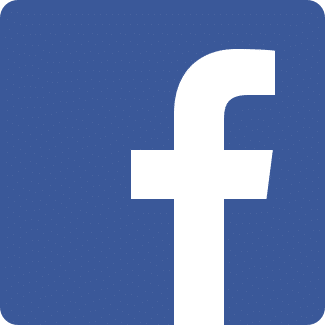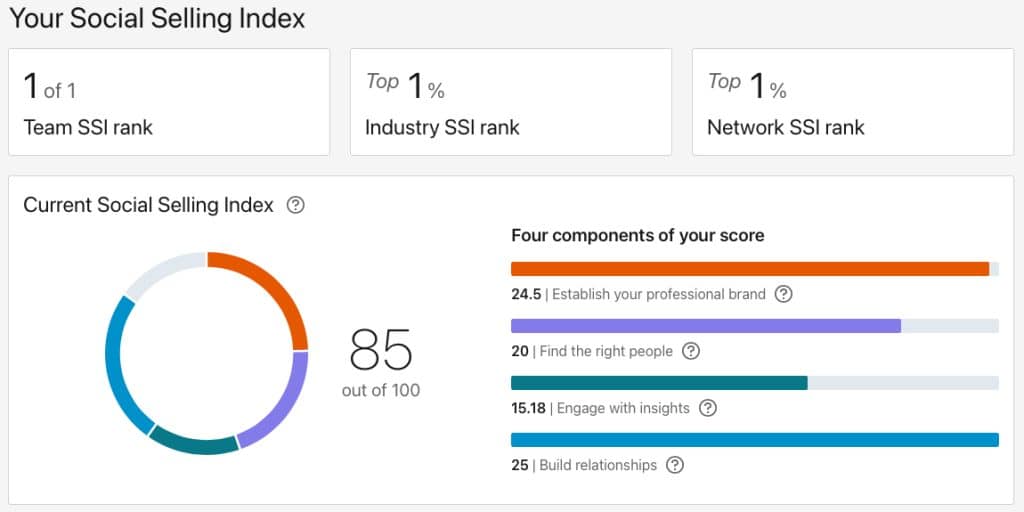This is the seventh article in a series describing how I create international bestsellers. This time I will continue discussing how I approach marketing.
Links to the first 6 articles:
Article 1: How to make an international bestseller
Article 2: The four main activities in producing a bestseller
Article 3: Idea and creation
Article 4: Production
Article 5: Distribution
Article 6: Marketing 1
Start ahead of time

Once the first edition of my book summary is completed I can start preparing the marketing activities.
The summary is usually completed six to twelve months before the book is published, but since the project might take longer than estimated, this time span can be longer. Much longer.
When promoting the book, I announce the target release time as the first or second half of a year. Only when the book is almost finished, do I announce a specific date. If the release date changes, and that happens, I simply change it in the promotion material. Since I publish my own books, I have no hard commitments to external parties. Changing the release date is, therefore, no big deal.
The landing pages
Using the texts from the book summary, I create a product page for the book on TBK Publishing’s main web pages. This product page is the so-called landing page to which all promotion links point.
We use WordPress, and I can build the page according to the template we had made a few years ago. On my personal blog (the one you are reading just now), I use a standard theme that I have customised myself. Here the book also has its own page with a link to TBK Publishing®.
Since the texts are in English, which is not my first language, I use Grammarly to check for grammatical and linguistic errors. The draft text is then sent to my English proofreader Emma Crabtree. Emma is my (virtual) assistant. She is English and lives in Portugal. In addition to proofreading all our English texts, she also handles a wide range of administrative and marketing-related tasks. The Danish texts are proofread by my daughter, Maria Bech.
Social Media

If you want to use social media to promote your books, then you must understand its business model.
All social media makes a living from selling ads. They charge you so you can get your message across to your target audience. In order to sell ads, social media has to catch and hold its members’ attention. The more of our time they can steal, the more ads they can expose us to.
Since the ads are often boring and uninteresting, social media algorithms keep track of whether there is user-generated content that creates attention. When posting a video of a cat giving a mouse cheese, many people will think it is funny and cute. They will press the like and love button. It captures the social media algorithm that now spreads the post to even more people.
So, to catch attention I could write a post where I, as an example, trash a politician. It will make many people turn to the comments to scold me or agree with me. Such posts, that attract attention, will have social media’s algorithm intensify the spread.
Two conditions must be present for a post to go viral organically (organic = without having to pay):
1. It must be relevant for many people (many = millions)
2. It must be emotional
My books are written for a very narrow target audience and not for the general public; they appeal more to the reader's intellect than her feelings. Therefore, getting attention outside my target audience will be a waste of time. The bottom line is that I cannot expect that organic social media activities will bring my content to my target audience.

Facebook is not my primary media. Although probably 95% of my readers have a profile on Facebook, I can only reach them by paying for it. I have experimented with paid promotion and have not been able to find an advertising format that pays off.
TBK Publishing® has a company page on Facebook where we post twice a day. It drives some traffic to our main site, so it might have some value.
Perhaps someone with more insight into Facebook could find a way to get my books exposed to the target audience at an acceptable contact price. But I haven’t come across this “someone” yet.
At one point, TBK Publishing® had a Twitter account. However, it seems as people follow people. Therefore, I have chosen to exclusively use my personal Twitter handle.
I post on Twitter twice daily and drive some traffic to the main site. However, I spend almost no time on Twitter and rarely participate in discussions.
LinkedIn is the main social media platform for promoting my books. This is primarily because my readers have a profile here AND expect to find information relevant to their professional activities. On LinkedIn, I can find my target reader and get their attention at a very attractive contact price.
My LinkedIn profile, which serves as the internal landing page, is optimized around my writing business. I have thoroughly familiarized myself with LinkedIn and use all the facilities. LinkedIn is the second largest source of references (the largest is organic search, and I will get to that) to our website.

LinkedIn’s algorithms keep track of whether a post quickly gets attention. Even though I have over 30,000 followers on LinkedIn, only a few of them see my posts when I publish them. I post twice a day on my profile (in the morning between 9 and 10 am in Danish and in the evening between 6 and 7 pm in English). About every two weeks I publish a longer article on the LinkedIn publishing platform.
However, it is the activities in what is called LinkedIn Sales Navigator that have the most significant effect.
In Sales Navigator (which costs approximately DKK 4,000 per user per year), there are such detailed search facilities that I can find all the individuals in my target group by name. I do not know if they read books, but I can match their professional profiles with the content of my books.
For Building Successful Partner Channels, I can find 5 million people on LinkedIn who could have a professional interest. If I visit their profiles, about ten percent will look back at my profile, and of those, about ten percent will invite me to connect. How I manage to visit 5 million profiles without spending too much time on it is no secret.
10 percent of 10 percent of 5 million is 50,000, but I can visit a profile more than once and thereby increase the conversion rate.
Before I published Building Successful Partner Channels, I had made 5,000 connections that I knew belonged to the target audience. How I used that, I will discuss later.
Videos and podcasts
I produce the videos and podcasts myself. I am not a big consumer of this media type, but I know that others are.
I record videos with a Canon 70D camera, and a Red Filmmaker Kit mounted on a Manfrotto tripod. I have a remote control to start and stop recording. This is a great help, as several recordings are needed before the individual episodes are to my liking. Having to go to and from the camera is time-consuming and disrupts the work rhythm.
If I were to start over today, I would probably use my iPhone with a Red Lavalier microphone. The camera in today’s smartphones are excellent, and the setting options are adequate. A smartphone is perhaps the best camera solution for us amateurs.
I use a teleprompter for the text. It works best for me when I know exactly what to say. Although I am reading from a script I can still make it appear spontaneous and vibrant. The advantage of following a script is also that I then have the exact subtitles right away. Subtitles are a must as many people watch videos with the sound muted. You can put the subtitles directly into the video (this is the best solution), use YouTube’s tool (this is the easiest solution) or a transcripts app such as Kapwing. You can download the subtitle file from YouTube or Kapwing and use it for Vimeo, for example.
The biggest challenge when recording a video is the lighting. I have managed to find a solution by using daylight in my study. I bought a few lamps that I can turn on if the daylight is too fluctuating, but usually, it is not necessary. I now only need about an hour to set up the gear and get ready for recording.
I bought the rights to the background music, and I get the graphics made by Jelena Galkina, or I put it together myself using Apple’s Keynote and Snagit.
For editing, I use iMovie, which comes free with any Mac.
I have considered whether I should switch to Final Cut Pro X, which allows you to mix several camera angles, but iMovie solves the task just fine.
When a video is completed, I upload it to our channel on YouTube, to which I link from our websites. LinkedIn and Facebook prefer to host videos rather than linking to YouTube, so I respect that.
Podcasts are uploaded to Liberated Syndication, from where they are distributed to the other podcast platforms. For audio recordings, I use the same tools as for recording audiobooks.
